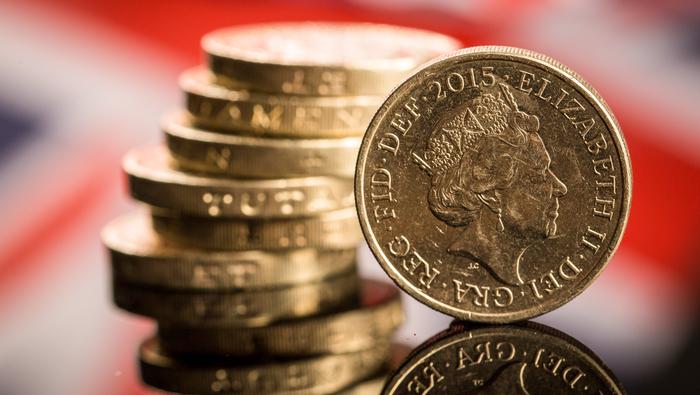Fundamental Forecast for CAD: Bearish
- Canada’s Dollar Touched 12-yr lows As Economic Worries Mount UponEnergy Markets & China Concerns That Could Push the BoC to Cut Rates
- Canadian Dollar Down Heavy on the Week As Highly Correlated WTI Crude Oil Trades to November 2003 Low on Iran Supply Coming To Market
- Canadian Dollar Likely to Hit Fresh Lows per the Speculative Sentiment Index
A Bank of Canada rate cut is now the preferred bet as the Loonie seems in near free-fall. Against the JPY, the Canadian Dollar is off over 8% and is among the weakest currencies within the G10 as Chinese economic data continues to discourage risk sentiment and oversupply in Oil continues to push down the price of Oil to 12-year lows. All of this pressure amounts toward the Bank of Canada potentially easing again like they did last January.
The Canadian economy relies heavily upon Oil, which has fallen below the psychologically important $30 per barrel mark to a low on January 15 of $29.13 and it is off over 20% YTD. In addition to the Bank of Canada rate decision on January 20, we will get the Consumer Price Index or CPI on Friday. Due to the global economic strain, the probability of a 25% rate cut has risen to 62.5% from less than 20% earlier this month.
Speaking of Oil, it’s worth looking at the trend and upcoming levels given the effect it plays on the broader Canadian Economy. At the halfway point of the first month of the year, Oil is already down over 20% as Iran has moved closer to restoring exports. Given the persistent strength of the US Dollar that favor the price of Oil potentially heading to the November 2002 low of $24.82. Of course, this seemed unthinkable a few months ago, but then again, so did the persistent sell-off we’ve seen in global equity markets.
Inflation in Canada has been rather steady and currently sits at 1.4% YoY. The stability has been due to the “boom” in the exporter component of the economy who are not directly affected by the lower commodity prices. Another key data point that traders can also look to for signs of economic life next week is retail sales where economists surveyed expect a rise from 0.1% to 0.3% MoM.
The government bond market is also worth focusing on when looking at the value of the Canadian Dollar. In short, the spread between two-year government yields in US & Canada continue to widen, which can help explain the strong trend in USD/CAD higher. There has been a significantly positive correlation historically between widening government yield spreads, and strong currency pair moves and USDCAD toward 1.4600 is no exception.
The current spread displayed below is ~-60bps. You would get the spread if you were to buy the Canadian 2yr Government Notes, and sell United States 2yr Notes and take the difference between the two yields. In this example, the US spread is ~+60 bps. Should the spread continue to widen, the CAD could continue to weaken. Unfortunately, we've seen traders through our speculative sentiment index or SSI fight this trend to no avail. This fight has been costly, but the message here is that strong moves with multiple forces should not be fought with everything that is behind this move.
Sign Up For a Practice Account and Receive Your Free Trading Guides Here.





